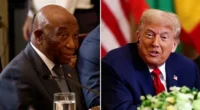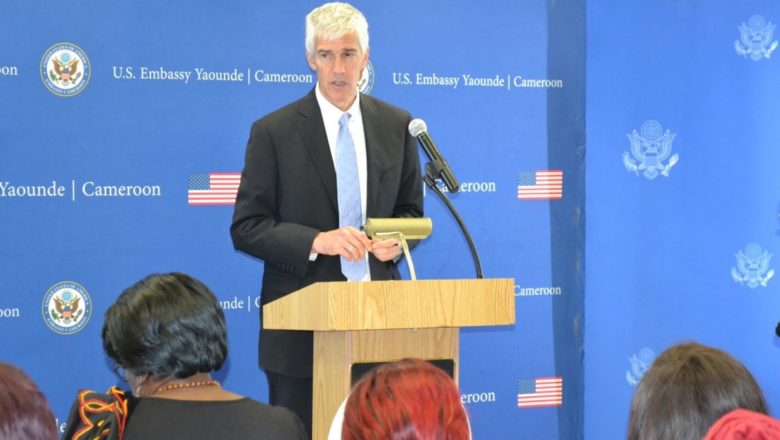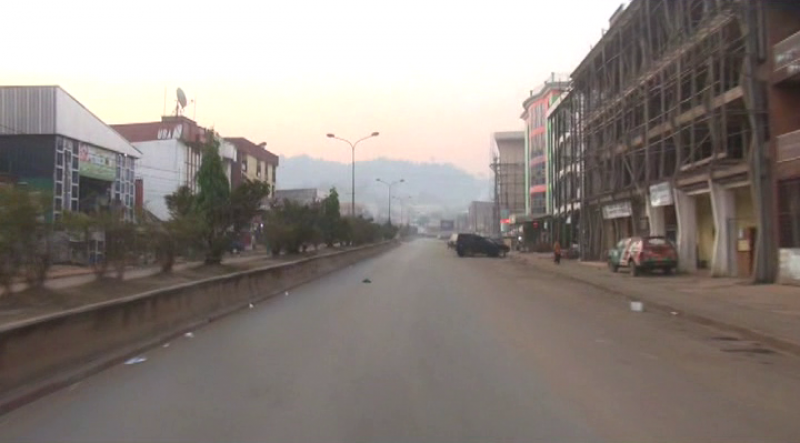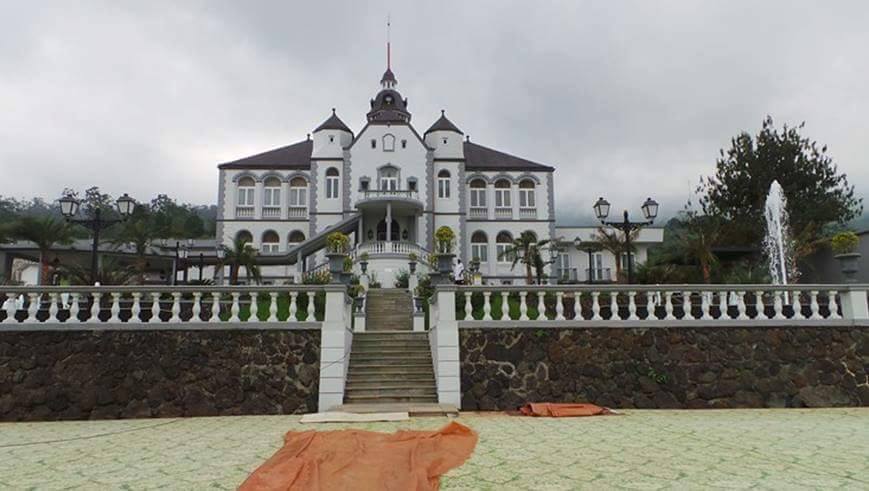Cracks in the CPDM Wall: Confusion, Rivalries, and the Shadow of Paul Biya’s Succession
By Andre Momo
As Cameroon inches toward the 2025 presidential election, internal tremors are shaking the ruling Cameroon People’s Democratic Movement (CPDM). Once seen as a monolithic structure anchored by the aging President Paul Biya, the CPDM now appears increasingly disoriented, with mixed signals coming from its top brass, surprising resignations, and palpable unease over Biya’s possible candidacy.
A House Divided: Biya’s Silent Calculus
At the heart of the uncertainty is one question: Will Paul Biya run again?
Speaking to Radio France Internationale (RFI), René Emmanuel Sadi, Cameroon’s Minister of Communication and a senior CPDM figure, stunned listeners by suggesting it was a “50/50” chance that Biya would be a candidate. In a system long dominated by certainty around Biya’s candidacy, Sadi’s ambivalence was seismic.
When pressed on why the party’s national congress—a traditional platform to anoint the candidate—had not been convened, Sadi curtly redirected the question to Jean Nkuete, the party’s Secretary-General, suggesting either disunity or deliberate obfuscation at the highest levels.
Conflicting Voices: The Biya-Loyalists’ Push
Meanwhile, Ferdinand Ngoh Ngoh, Secretary-General at the Presidency and Biya’s longtime confidant, has reportedly been holding discreet high-level meetings, signaling a proactive role in shaping the political transition. Some believe Ngoh Ngoh harbors ambitions himself or is maneuvering to secure influence in a post-Biya landscape.
Adding fuel to the speculation, Jacques Fame Ndongo, another CPDM heavyweight, publicly reaffirmed that Paul Biya remains their candidate, a declaration that starkly contrasts with Sadi’s ambiguity. The contradiction between party elites reveals deep fissures within the CPDM’s ruling hierarchy.
Resignations and Silent Dissent
Sources within the party confirm that several mid-level CPDM operatives, including regional coordinators and longtime loyalists, have quietly stepped down or distanced themselves. While official explanations are sparse, many cite fatigue with the endless uncertainty and power struggles, and concern over the party’s capacity to survive a post-Biya era intact.
The CPDM’s strength has always been its ability to manage internal dissent behind closed doors. But this time, the confusion is playing out in public, and the cracks are harder to seal.
The Battle for Succession
Biya’s silence continues to cast a long shadow. At 92, he remains president in name, but many believe power has effectively shifted to a coterie of palace insiders. Without a clear succession plan or endorsed heir, competing factions are now vying for dominance. The likeliest successors include:
-
Ferdinand Ngoh Ngoh – Quietly consolidating power behind the scenes.
-
Franck Biya – The president’s son, who remains a wildcard but enjoys significant elite backing.
-
Joseph Dion Ngute – The Prime Minister, who is seen as a technocrat but lacks strong internal party clout.
These rivalries have paralyzed decision-making and created a vacuum that emboldens opposition forces and destabilizes the regime’s traditional control over narrative and structure.
Implications for Ambazonia: A Strategic Opportunity
For Ambazonian activists, civil society, and the Interim Government, the CPDM’s internal chaos presents a rare strategic opening:
-
Amplify the Crisis Narrative: Activists can highlight the CPDM’s fragmentation to international audiences, reinforcing the argument that the regime is illegitimate and unstable.
-
Engage in Strategic Diplomacy: The uncertainty weakens Yaoundé’s negotiating position. Now is the time to push harder for international mediation and secure recognition for Ambazonian grievances and aspirations.
-
Mobilize Grassroots Action: The perception of a weakening Biya regime can energize on-the-ground resistance and civil disobedience in Ambazonia, particularly if framed as the fall of the colonial order.
-
Divide-and-Engage Approach: With factions emerging, Ambazonian leaders could selectively engage figures within the CPDM or state structures who may now be more open to dialogue or less hostile, particularly as they calculate their own future relevance.
-
Maintain Unity: While CPDM crumbles, Ambazonian leadership must avoid falling into similar factionalism. A clear, unified vision for negotiation and state-building will attract more support and legitimacy.
Conclusion: A Regime at Crossroads, a Resistance at the Ready
The internal disarray within the CPDM signals more than just election-year drama. It is the beginning of the end of an era dominated by Paul Biya. The cracks are visible, and the scramble for succession is no longer discreet. For Ambazonians, this is not a moment to observe from the sidelines—it is a decisive window to act boldly, articulate vision, and push the cause of self-determination onto the global stage.
In times of regime confusion, history has shown that determined, organized resistance can rewrite the script. Ambazonia must now prepare to be the author of its own.





